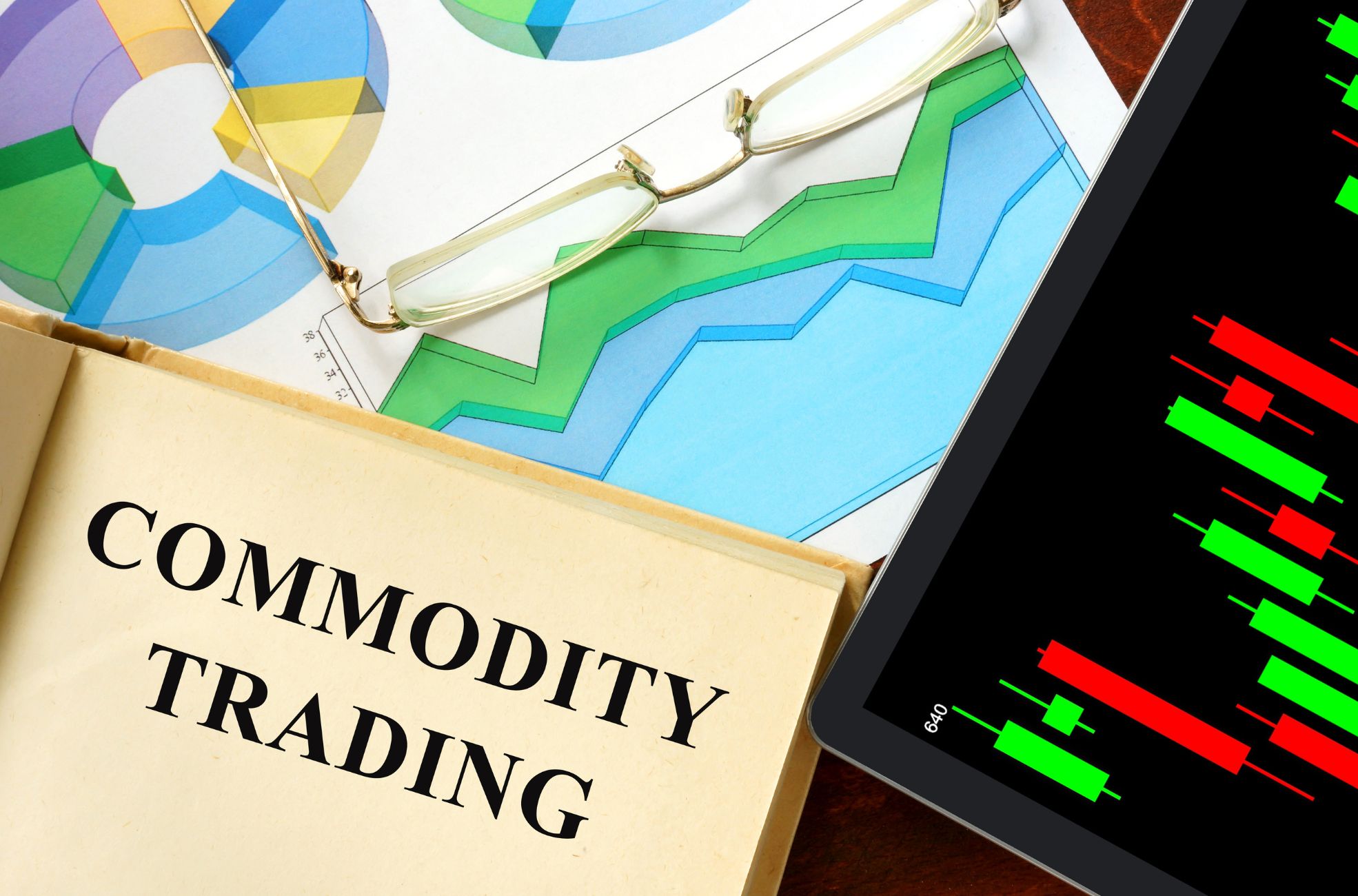Commodities trading is such an interesting and
complicated affair, especially to a new entrant in this very dynamic market.
Commodities such as oil, gold, wheat, and copper have numerous ramifications in
the global industries and factors like supply and demand, weather, politics,
and even the economy can send prices of these commodities sky-high and crashing
down. If you are thinking of entering this exciting space then understanding
the basics and managing risk is absolutely the way to go.
There are basically two types of
commodities: hard and soft. Hard commodities would include oil, gold, while
soft commodities would be agricultural products, wheat, coffee, and so on, and
even livestock. When you trade commodities, you are basically speculating on
the price of that raw material in the future, but usually through a futures
contract. These contracts give you the right to acquire or sell a commodity at
a specified price on a future date; in this manner, you will make some money
from price movements without necessarily needing the actual physical commodity.
There are several methods of
trading commodities:
Most commodity trading is done on
futures contracts. These are often very complex and involve a great deal of
risk-especially for the novice investor. Options or ETFs can be another means
to trade in commodities. Options give a less risky opportunity to buy or sell
at a set price, as it allows you to have the right to do it but does not oblige
you to use it. ETFs allow you to invest indirectly in commodities, buying
shares in a fund that tracks the price of a commodity or more often, a basket
of commodities. As such, it is less complicated to understand for a new trader
and eliminates the headache of futures contracts.
Choosing A Trustworthy Broker
First, you need to find a
brokerage firm that will provide you with access to commodity markets. Look for
an accessible, low fee process, and some should have education geared towards
beginners. Most importantly, the platform needs to be regulated by strong
organizations such as the CFTC or FINRA. Many of them also offer demo accounts,
which let you practice trading with virtual money. This will be a great way to
get yourself comfortable with all those procedures without wasting your
capital.
Begin Small and Plan Strategy
When you are on the beginner's
level, it is surely imperative that you start small and work your way
progressively. Commodities probably are very volatile, so a good risk
management methodology comes in handy. Set clear profit and loss targets and
determine exactly how much risk you are willing to take on. Most people use
technical analysis-the study of price charts-as well as fundamental
analysis-analyses of supply and demand or news flowing from a global factor
perspective. It will also depend on your experience: The more you are
experienced, the more you will understand which methods to use.
Stay Informed and Manage Risk
The commodity market is constantly
in a flux. You will, therefore, be required to know what is going on in the
global economy, the weather conditions, and other changes in supply and
demand.You will learn and hone your strategy as you go. Another very important
aspect of risk management is known as the stop-loss order. These automatically
sell a position if it attains the predetermined level. Risk more than you can
afford to lose and have a plan for the volatility that exists in trading
commodities.
Commodities
trading is a great form of investment diversification; it does, however, demand
time, discipline, and all-around knowledge of the markets. Experience will help
you identify an opportunity and how to handle risks the right way. Being
up-to-date, trying to reposition your strategy, and utilizing risk management
tools can help you ride over the very complicated dynamics of the market to your
advantage through commodities trading.
